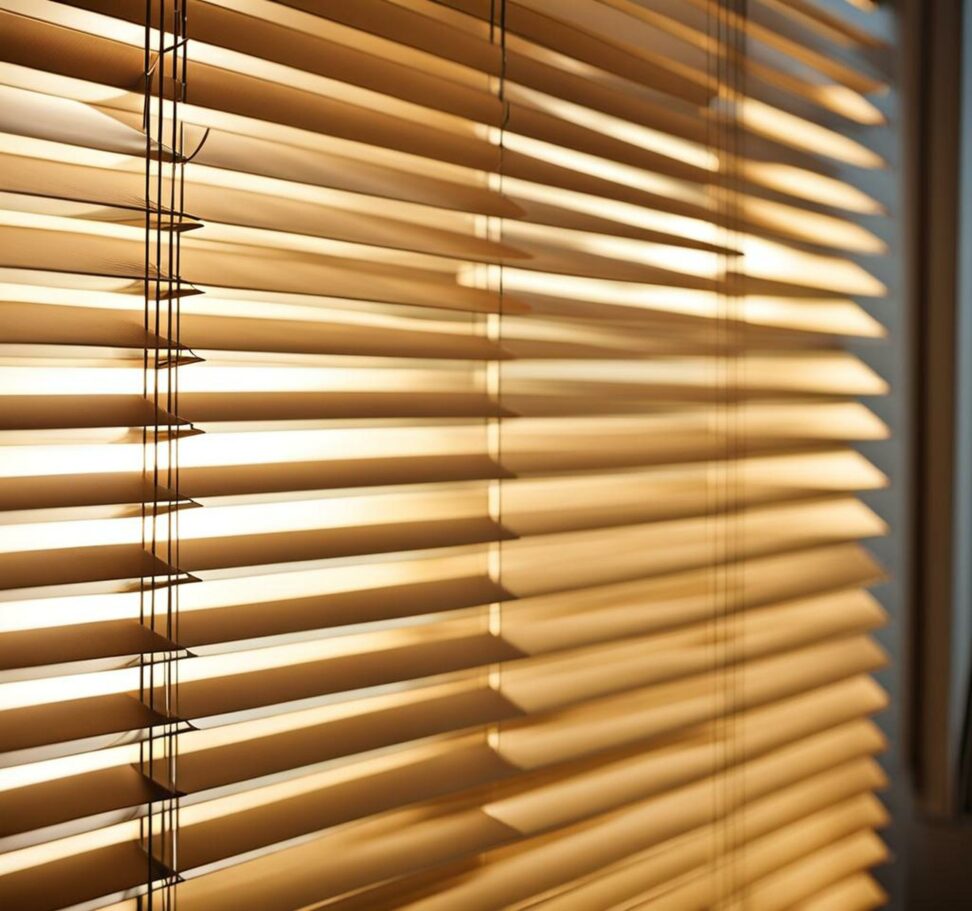Should You Close Your Blinds Up or Down? The Truth About Temperature, Light, and Privacy
Deciding whether to close your blinds up or down is more complex than it may seem. The optimal blind position depends on several factors like the time of day, season, window exposure, and your goals for privacy, light, and temperature regulation. By understanding the unique benefits of both upward and downward blind positions, you can make informed choices to maximize your home's comfort.
Let the Daylight Shine In: Closing Blinds Up During Daytime
During the sunny hours of the day, having your blinds in the upward position offers some compelling advantages. Natural daylight provides an array of health and wellness benefits, from improving your mood to regulating your circadian rhythms. With blinds open upward, daylight can freely stream in without glare or harsh direct sun.

Equally importantly, upward facing blinds act as a shield against the sun's harmful UV rays, which can damage furnishings and artwork. Specialized slats block between 90-99% of incoming UV radiation, preventing fading and deterioration while still allowing visibility outside.
Keep Cool in the Summer
In the summertime, updward facing blinds also help regulate indoor temperatures. By deflecting direct sunlight, blinds minimize solar heat gain that can bake your home and drive up air conditioning bills. Preserving a comfortably cool environment is as easy as adjusting your blinds to filter daylight rather than magnify its warming effects.
Increase Privacy and Restfulness at Night: Closing Blinds Down
Come evening time, the ideal position for your blinds shifts. Closing shades downwards delivers privacy and darkness for a peaceful night's sleep. With slats facing inward, blinds create a barrier that prevents prying eyes from looking into your home. Your activities remain discreet and secure.
Downward facing blinds also establish an environment conducive to quality rest. By efficiently blocking ambient light, whether from street lamps or the moon, blinds enable your body to fully produce melatonin and relax into deeper REM sleep. This helps you wake up refreshed and ready to seize the day.
Trap Heat in the Winter
Lowered blinds also provide insulation against cold winter temperatures. Much like shutters, angled slats create an additional barrier between your windows and frigid outdoor air. This traps rising warm air indoors, reducing heat loss through poorly insulated windows. With blinds down, maintaining a comfortably warm home requires less energy input.
Direct the Light with Slat Angles
The exact angle of your blind's slats also influences the lighting environment. Facing slats upwards reflects more incoming light, brightening up a space. It also affords views outside with ample privacy. Downward slat angles soften harsh light to reduce glare. This creates ideal conditions for TV viewing or working on monitors.
To fully optimize blinds, consider adjusting slat angles seasonally. In the summer, upward facing slats minimize solar gain while enabling breezy cross-ventilation. During winter's short days, downward slats maximize coziness and heat retention. Flexible slat positioning provides adaptable comfort all year long.
To fully leverage your blinds, proper maintenance and repair should be performed routinely. Check clutch mechanisms regularly for signs of malfunction, like blinds not raising or lowering smoothly. Fraying cords also compromise effectiveness and pose safety risks. Replace damaged parts promptly to restore functionality.
Basic dusting and cleaning keeps blinds in smooth working order while also maintaining aesthetics. Buildup of dirt, grime, and debris can impede performance. Take time to wipe down slats and vacuum behind them periodically.
By understanding the fundamentals of closing blinds up or down and performing preventative maintenance, you can customize your home's ambiance while also enhancing efficiency and comfort. The optimal blind position depends on your unique space, goals and daily rhythms. Adjust accordingly and enjoy the benefits.